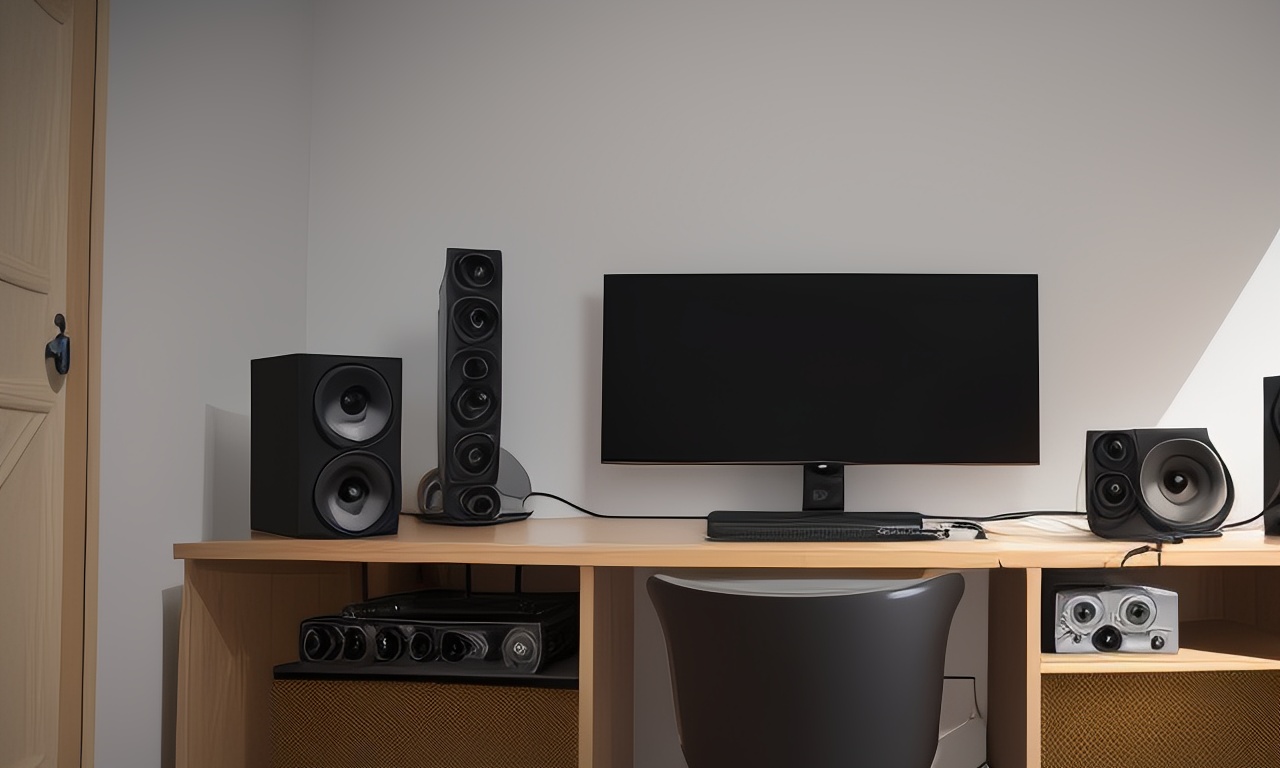Creating a home studio is an exciting endeavor for any aspiring music producer or audio engineer. Whether you’re a seasoned pro or just starting out, having a dedicated space for recording and mixing can significantly elevate the quality of your productions. In this comprehensive guide, we’ll walk you through the essential steps to craft your own home studio from scratch.
Table of contents
- Step 1: Define Your Space
- Step 2: Plan Your Layout
- Step 3: Invest in Quality Equipment
- Step 4: Optimize Your Acoustics
- Step 5: Set Up Your Workstation
- Step 6: Calibrate Your Monitors
- Step 7: Create a Creative Environment
- Step 8: Learn and Experiment
- Step 9: Seek Feedback and Collaborate
- Step 10: Stay Inspired and Keep Evolving
Step 1: Define Your Space
Before diving into the nitty-gritty details of equipment and setup, it’s crucial to choose the right space for your home studio. Ideally, you want a room with minimal sound interference and enough space to accommodate your gear comfortably. Look for a room with good acoustics and consider factors like natural light and ventilation.

Step 2: Plan Your Layout
Once you’ve selected your space, it’s time to plan the layout of your home studio. Think about the placement of your equipment, including your desk, speakers, and instruments. Consider factors like cable management, accessibility, and ergonomics to ensure a functional and efficient workspace.
Step 3: Invest in Quality Equipment
While it’s tempting to splurge on the latest gear, focus on investing in quality equipment that aligns with your specific needs and budget. Start with essentials like a reliable audio interface, studio monitors, headphones, and a microphone. Research different brands and models to find the best fit for your setup.
Step 4: Optimize Your Acoustics
Achieving optimal acoustics is essential for a home studio to produce professional-quality recordings. Consider acoustic treatment options such as bass traps, acoustic panels, and diffusers to minimize reflections and control sound absorption. Experiment with placement to find the optimal balance between diffusion and absorption.

Step 5: Set Up Your Workstation
With your equipment in hand and your room acoustics optimized, it’s time to set up your workstation. Arrange your desk, chair, and equipment in a way that promotes comfort, productivity, and creativity. Ensure that cables are organized and easily accessible to avoid clutter and tripping hazards.
Step 6: Calibrate Your Monitors
Calibrating your studio monitors is crucial for accurate sound reproduction and mixing. Use reference tracks to ensure that your monitors are delivering a flat frequency response across the audio spectrum. Adjust the position and angle of your monitors to create an equilateral triangle with your listening position for optimal stereo imaging.
Step 7: Create a Creative Environment
A home studio should be more than just a workspace—it should inspire creativity and productivity. Personalize your space with artwork, plants, and decor that reflect your personality and musical style. Consider adding mood lighting or a comfortable seating area for relaxation and brainstorming sessions.
Step 8: Learn and Experiment
Building a home studio is only the beginning of your journey as a music producer or audio engineer. Take the time to learn and experiment with your equipment and software to unlock its full potential. Practice recording, mixing, and mastering to hone your skills and develop your unique sound.
Step 9: Seek Feedback and Collaborate
Don’t be afraid to seek feedback from fellow producers, musicians, and audio engineers. Collaborate on projects and exchange ideas to expand your knowledge and network within the music community. Embrace constructive criticism as an opportunity for growth and improvement.
Step 10: Stay Inspired and Keep Evolving
Finally, remember to stay inspired and keep evolving as a music producer or audio engineer. Stay up-to-date with industry trends, attend workshops and conferences, and continuously seek new sources of inspiration. Embrace challenges as opportunities for growth and innovation in your craft.
By following these essential steps, you can craft a home studio that not only meets your technical needs but also inspires creativity and fosters musical innovation. Whether you’re recording your next masterpiece or mixing tracks for a client, your home studio will be the perfect environment to bring your musical vision to life.

